Mining Cutting Machines: The Backbone of Modern Australian Mining Operations
In the vast landscapes of Australia's mining industry, mechanized cutting equipment has transformed how resources are extracted from beneath the earth. Gone are the days when miners relied solely on picks, shovels, and dangerous explosives to access valuable minerals. Today's cutting machines have revolutionized the industry by dramatically improving safety conditions while simultaneously boosting productivity to levels previously unimaginable. Across Australia's diverse mining regions—from the coal-rich basins of Queensland and New South Wales to the mineral deposits of Western Australia—these sophisticated machines serve as the workhorses that keep the nation's resource sector competitive on the global stage.
5/19/20256 min read
Mining Cutting Machines: The Backbone of Modern Australian Mining Operations
Introduction
In the vast landscapes of Australia's mining industry, mechanized cutting equipment has transformed how resources are extracted from beneath the earth. Gone are the days when miners relied solely on picks, shovels, and dangerous explosives to access valuable minerals. Today's cutting machines have revolutionized the industry by dramatically improving safety conditions while simultaneously boosting productivity to levels previously unimaginable.
Across Australia's diverse mining regions—from the coal-rich basins of Queensland and New South Wales to the mineral deposits of Western Australia—these sophisticated machines serve as the workhorses that keep the nation's resource sector competitive on the global stage.


Classification of Cutting Machines
Continuous Miners
The continuous miner is perhaps the most versatile cutting machine in underground coal mining operations across Australia. These self-propelled, electric-powered machines feature a large rotating drum equipped with tungsten carbide picks that fragment coal and load it onto conveyor systems in one continuous operation.
Product example: Joy Global's Continuous Miner, widely used throughout Queensland's Bowen Basin, is the "ute" (utility vehicle) of the underground mining world—robust, reliable, and ready for action. These machines are predominant in the "room-and-pillar" mining method, where sections of coal are extracted while leaving pillars to support the roof.
In Australian mining slang, operators often refer to continuous miners as "the hungry beast" due to their voracious appetite for coal. When a continuous miner is "chewing the face" (actively cutting coal), crews can extract hundreds of tonnes per hour without interruption.
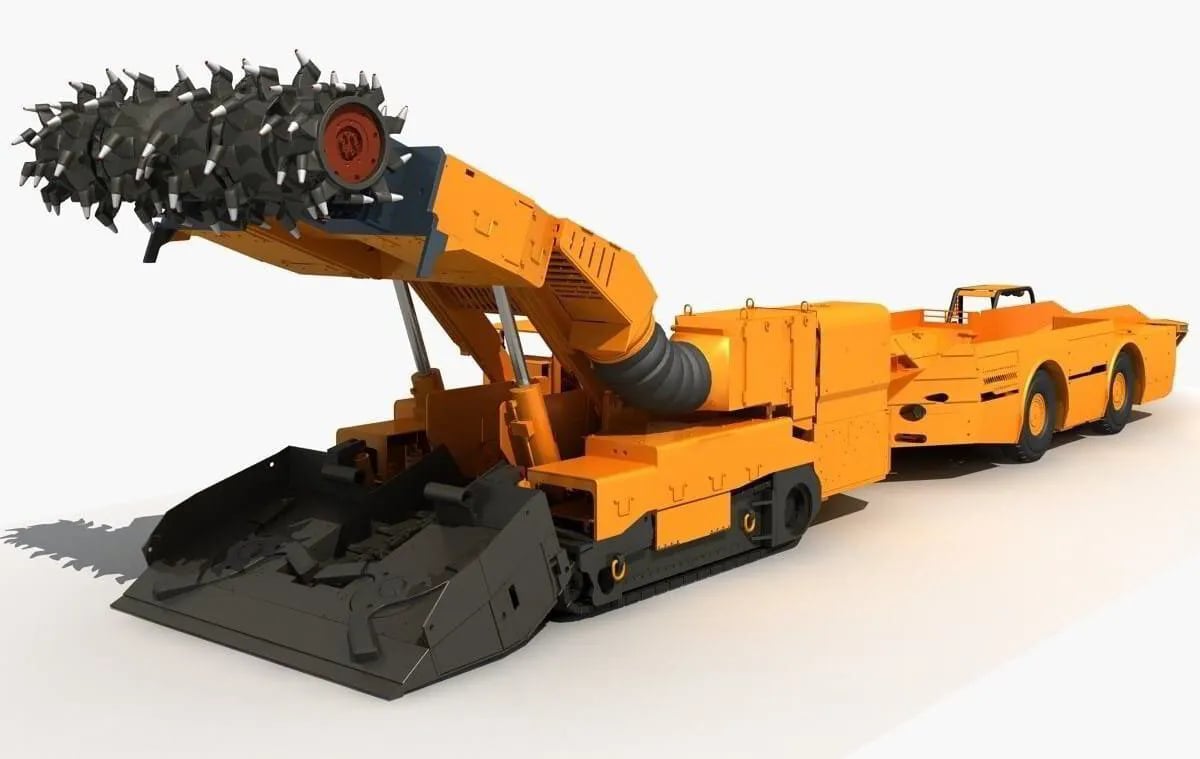

Longwall Shearers
For high-volume coal extraction, nothing beats the efficiency of longwall mining systems. At the heart of these systems is the longwall shearer—a powerful cutting machine that traverses back and forth along a coal face that can extend up to 400 meters.
Product example: Joy Global's Longwall Shearer, with its distinctive double-ended ranging drums, is a common sight in mines throughout the Hunter Valley in New South Wales. These massive machines are often called "the widow maker" in mining circles—not for safety concerns in modern times, but for their unstoppable cutting power.
Australian longwall operators often refer to a successful cutting cycle as "shaving the beard," where the shearer removes a clean slice of coal along the entire face. When longwall systems are running at peak efficiency, Aussie miners might say they're "cooking with gas"—producing coal at maximum capacity.
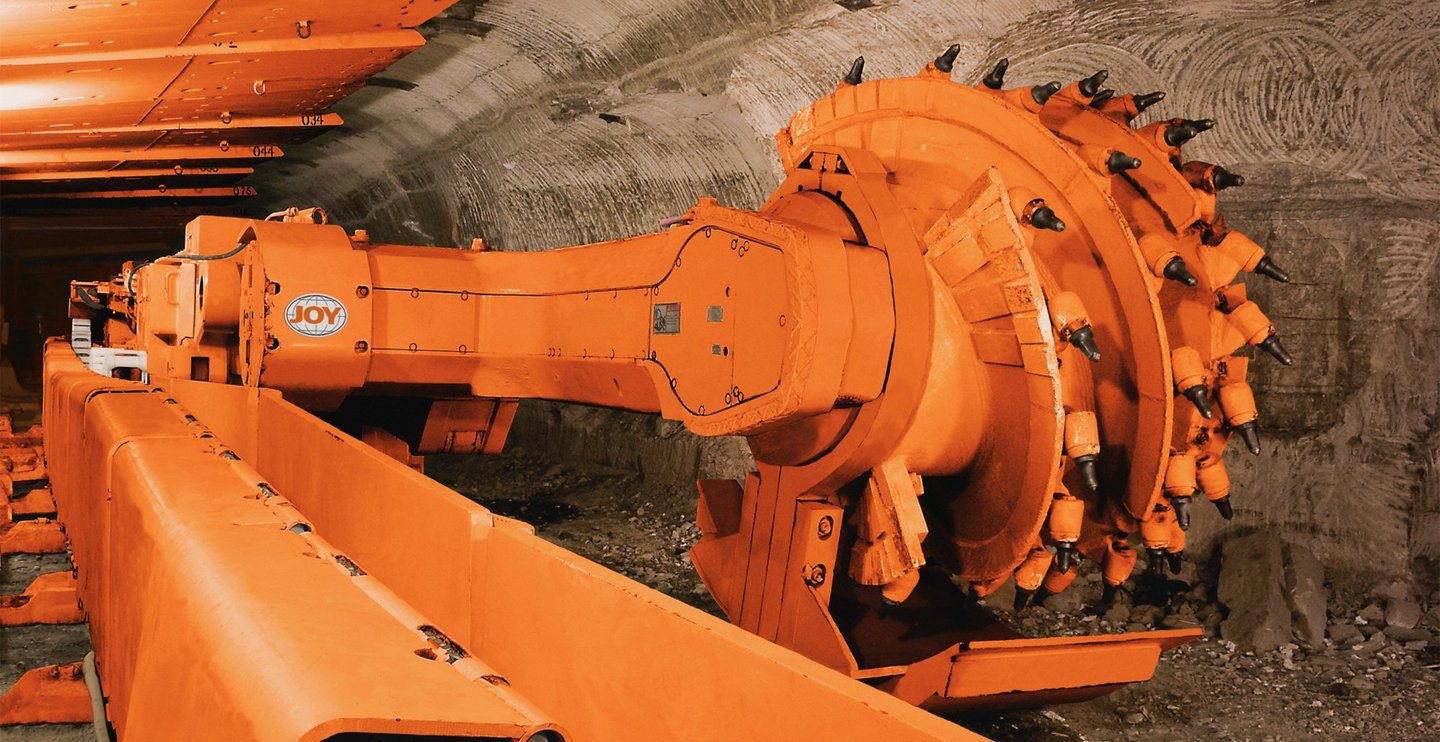

Coal Ploughs
While less common in Australia than continuous miners and shearers, coal ploughs still play an important role in specific geological settings where coal seams are too thin for larger cutting machines.
Product example: The Eickhoff AM50 Coal Plough uses a different cutting principle—reciprocating along the face to strip thin layers of coal rather than using rotating drums. In Australian mining vernacular, these machines are sometimes called "skinny rippers" due to their ability to work in extremely thin seams.
Coal ploughs are particularly valuable in parts of the Sydney Basin, where some workable seams are less than a meter thick. Miners might refer to successful plough operations as "shaving it close" when extracting coal from these challenging thin seams.
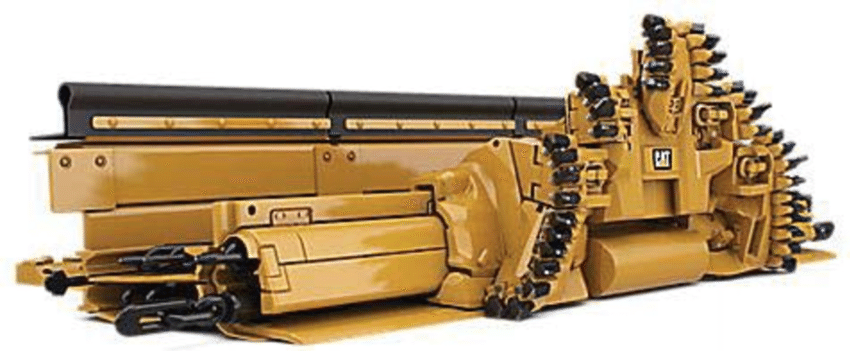

Roadheaders
When it comes to tunnel development and specialized excavation, roadheaders are the go-to machines across Australia's mining and civil engineering sectors.
Product example: Sandvik's TH551i Boom-Type Roadheader features a cutting head mounted on a movable boom, allowing for precise excavation of various tunnel profiles. These versatile machines are commonly known as "tunnel munchers" among Australian miners.
In Queensland's underground coal mines, roadheaders are essential for creating main entries, ventilation passages, and infrastructure tunnels. A well-operated roadheader creating a smooth, properly contoured tunnel might be described as "painting the walls" by Australian operators—a reference to the machine's ability to create clean, precise excavations.
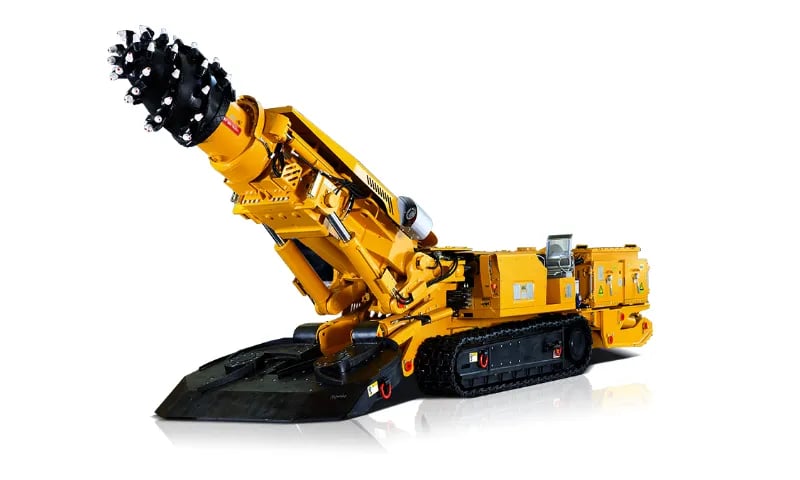

Highwall Miners
Unique to surface mining operations, highwall miners bridge the gap between open-cut and underground mining methods, allowing resource recovery from coal seams exposed in the final highwall of open-pit mines.
Product example: The Furukawa HCM-2 Highwall Miner enables miners to extract coal from seams without removing the overlying rock (overburden). These specialized machines can drive entries up to several hundred meters into the coal seam from the exposed highwall.
In the coal regions of Central Queensland, miners often refer to highwall miners as "snakes" because of how they slither into the coal seam while the operator remains safely outside. A successful highwall mining operation might be described as "plucking the low-hanging fruit"—accessing coal that would otherwise be uneconomical to recover through conventional methods.
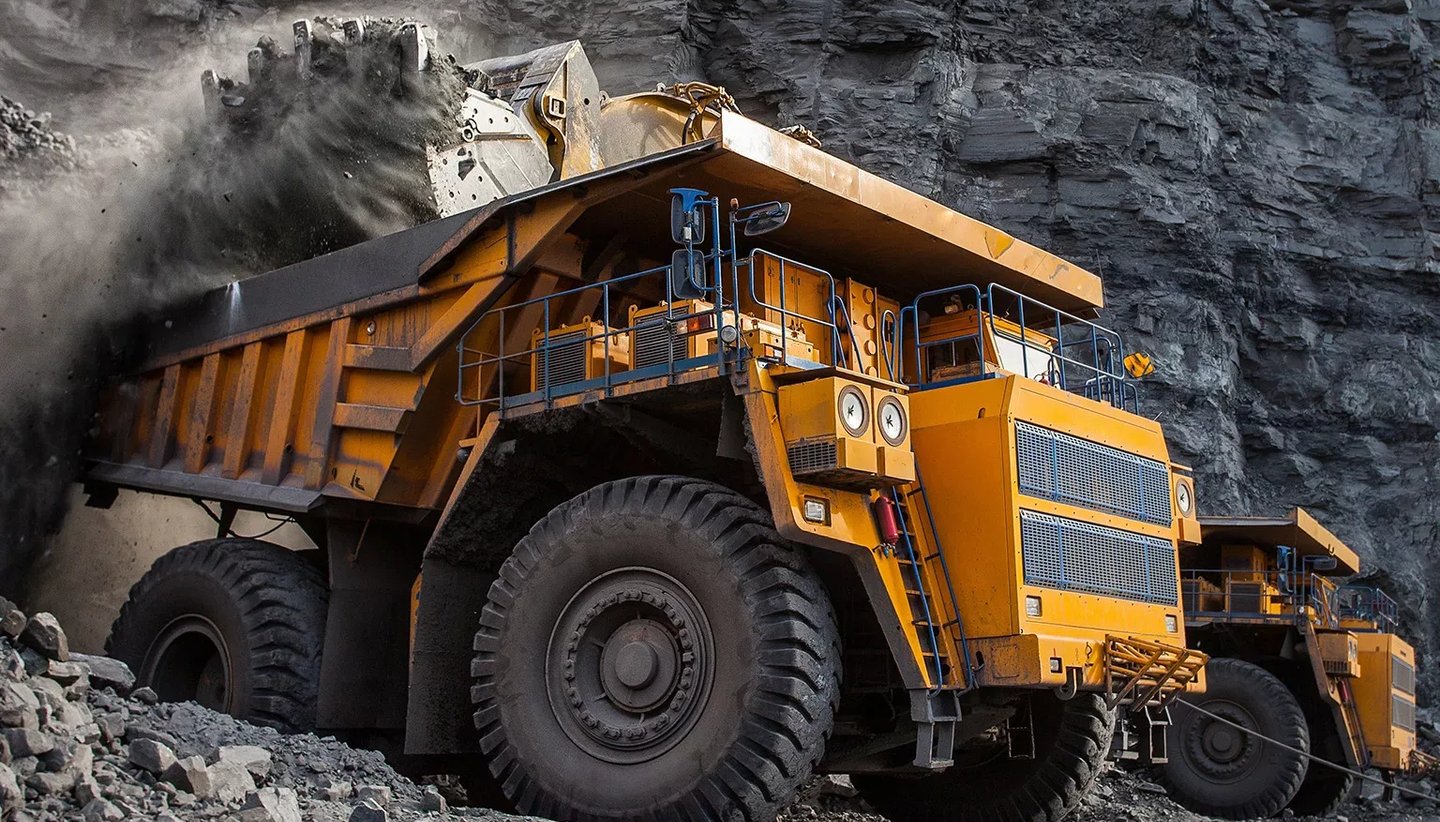

Key Applications and Working Environments
Underground Coal Extraction
Australia's underground coal mining sector employs two primary methods: room-and-pillar and longwall mining. Room-and-pillar operations, common in parts of Queensland, use continuous miners to create a grid of roadways while leaving pillars of coal to support the roof. This method provides flexibility but recovers only 50-60% of the coal resource.
Longwall mining, predominant in New South Wales, achieves recovery rates of up to 90% by using shearers to systematically extract rectangular panels of coal while allowing the roof to collapse behind the advancing face. Australian longwall operations are among the most productive in the world, with some faces producing over 8 million tonnes annually.
Tunneling & Infrastructure
Beyond coal extraction, cutting machines play a crucial role in Australia's infrastructure development. Roadheaders are extensively used in urban tunneling projects for highways, railways, and water supply systems.
Sydney's extensive road tunnel network and Melbourne's Metro Tunnel project both relied heavily on roadheaders for excavation work. The versatility of these machines in varying ground conditions makes them ideal for Australia's diverse geological settings.
Surface & Highwall Operations
As open-cut coal mines reach their economic depth limit, highwall mining systems offer a way to recover additional resources without the expense of further overburden removal. This technique has gained popularity across Queensland's Bowen Basin, where it allows mining companies to extract coal that would otherwise be abandoned when open-cut operations cease.
Specialty Ore Pass & Shaft Boring
In Australia's hardrock mining sector, specialized roadheaders equipped with picks suitable for harder materials are used to create ore passes, ventilation shafts, and access ways. These applications are particularly important in Western Australia's underground gold and nickel mines, where efficient material handling systems are essential for profitable operations.
Trends & Future Directions
Automation and Remote Operation
Australian mining has been at the forefront of automation technology adoption. Companies like Rio Tinto and BHP have implemented remote operation centers that allow cutting machine operators to work from city-based control rooms rather than at the coal face. This technology, sometimes called "playing PlayStation" by miners, has significantly improved safety by removing personnel from hazardous environments.
Hybrid and Battery-Electric Cutting Heads
As Australia's mining industry faces increasing pressure to reduce its carbon footprint, manufacturers are developing hybrid and battery-electric cutting machines. These environmentally friendly alternatives reduce diesel emissions underground and contribute to better air quality in confined mining spaces. Miners have dubbed these eco-friendly machines "clean cutters."
Adaptive Control Systems for Methane Safety
Methane gas presents a serious safety hazard in coal mining. Modern cutting machines now incorporate sophisticated gas monitoring systems that automatically adjust cutting rates or shut down operations when dangerous gas levels are detected. This technology, which miners call "sniffing the air," has dramatically reduced the risk of explosive incidents in Australian coal mines.
Conclusion
Each type of mining cutting machine addresses specific geological and operational challenges faced by Australia's diverse mining industry. Continuous miners provide flexibility for variable conditions, longwall shearers deliver unmatched productivity in thick seams, coal ploughs extract value from thin seams, roadheaders create precise excavations for infrastructure, and highwall miners recover coal that would otherwise be left behind.
Looking ahead, the future of cutting technology in Australian mining will be characterized by increased automation, improved environmental performance, and enhanced safety features. As the industry continues to evolve, these machines will become increasingly intelligent, with autonomous operation capabilities and real-time performance optimization.
For Australia's mining industry to maintain its global competitiveness while meeting increasingly stringent safety and environmental standards, continued innovation in cutting machine technology will be essential. The "diggers" who operate these sophisticated machines today are not just miners but technicians and computer operators—a far cry from the pick-and-shovel miners of generations past.

